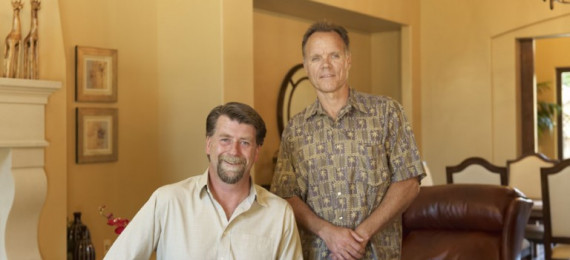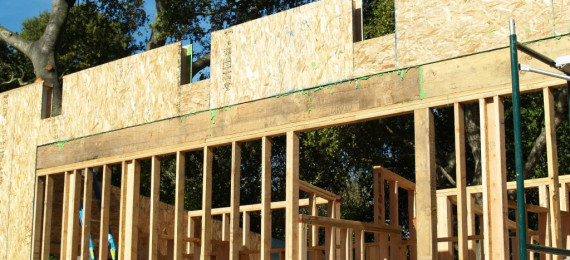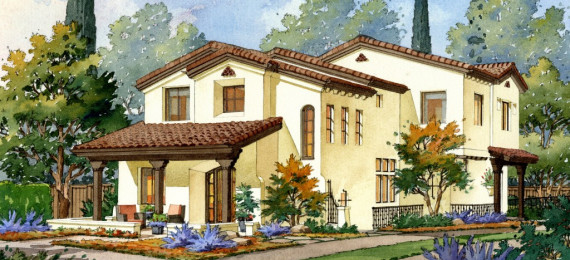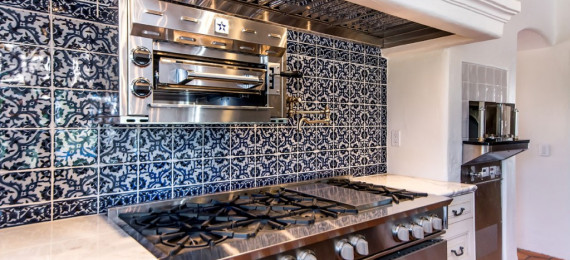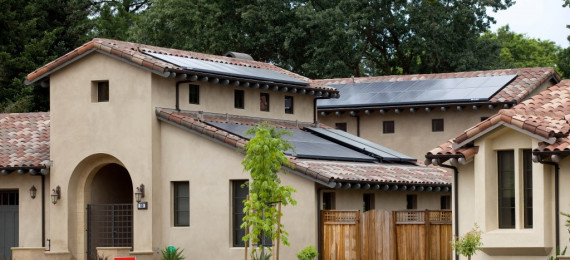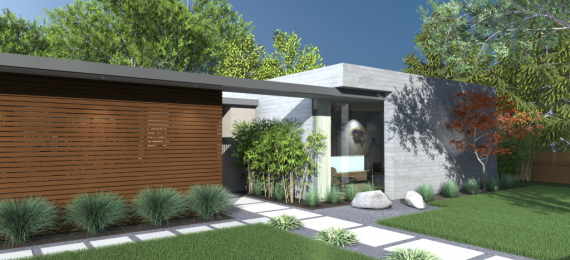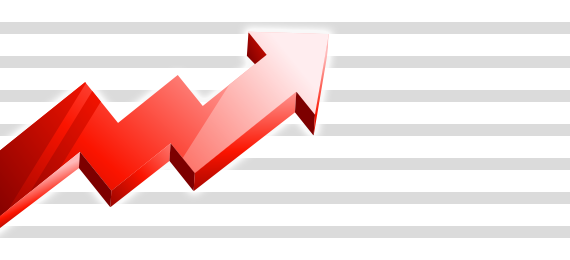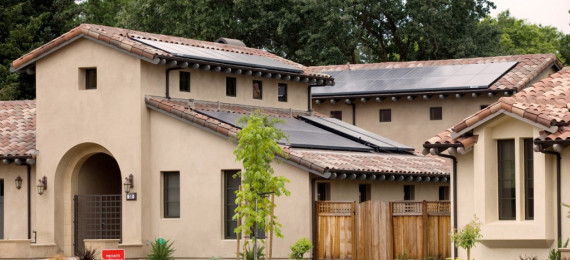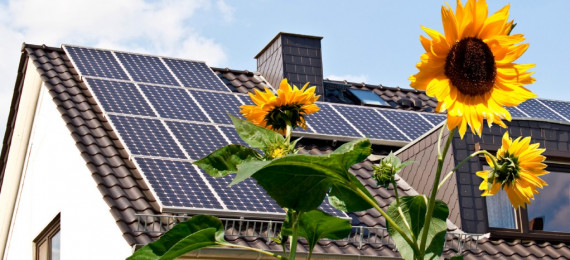These resources are from an archived version of our website. Want to see what we’ve been up to lately? Check out our new website.
Archives: Clarum Homes
Archives - Clarum Homes » Articles posted by Clarum Homes (Page 15)
The Clarum Vision: Transforming the Building Industry
Posted by Clarum Homes on October 8, 2012 | Categories: custom homes, energy efficiency, guidebook, high performance homes, passive home | No comment
What does it mean to build a green home? What’s the future of passive building? How does Clarum Home fit into the overall picture of home construction? Meet John Suppes (Clarum’s President) and Sean Misskelley (Director of Construction), discussing these and other questions. Clarum Homes is different than other home builders. Our difference is rooted in our core purpose: we work to transform the way you live. While the majority of the building industry continues to do just what it’s done for the last 40 years, Clarum Homes maintains a relentless commitment to lead the way in home...
Read More
Embodied Energy: A Measure of Sustainability
Posted by Clarum Homes on October 4, 2012 | Categories: energy efficiency, guidebook, passive home | No comment
What is Embodied Energy? Look at your house... your computer... the snack on your plate. How much did it cost? Now look deeper. For each of the goods (and services) that we purchase – from automobiles to groceries – there’s an invisible price tag behind the one that we can see. It’s the cost of embodied energy. Embodied energy is the sum total of the energy that went into the production of any good or service. Extraction of raw materials, transportation, manufacturing, installation – it all contributes to embodied energy, because without those things, the final product couldn’t...
Read More
Upcoming Events – Come Join Us!
Posted by Clarum Homes on October 2, 2012 | Categories: custom homes, events, high performance homes, Palo Alto, passive home | No comment
Come see the Palo Alto Passive Home! October is a busy month for Passive Homes! Please join us at one of our several upcoming events. All events include our newest Palo Alto Passive Home, 1510 Portola Avenue. Please note that parking is limited; please consider parking at Palo Alto High School on Churchill Avenue. All events are free and open to the community! We hope to see you there! 2012 Solar Homes Tour: The Road to Net-Zero Energy Hosted by Acterra: Action for a Healthy Planet October 13th from 1pm – 5pm You are invited to take a self-guided tour of five local homes including...
Read More
What Does a High-Performance Home Cost to Build?
Posted by Clarum Homes on September 27, 2012 | Categories: energy efficiency, guidebook, high performance homes, passive home | 1 Comment
What Does a High-Performance Home Cost? Of course, it’s impossible to estimate the cost of any home without knowing all the variables, such as size and style. However, there are general patterns. "People are often surprised to learn that a high-performance home only costs 5-10% more than its conventionally-built equivalent," says Clarum president John Suppes. After several years, the high-performance home catches up, offsetting the difference in initial construction costs, and begins to pay for itself. How? By costing up to 90% less, month to month. At Clarum Homes, we build our high-performance...
Read More
What is LEED Certification?
Posted by Clarum Homes on September 24, 2012 | Categories: custom homes, energy efficiency, guidebook, high performance homes | No comment
What does it mean when a house is LEED certified? LEED stands for Leadership in Energy and Environmental Design. It is an internationally recognized, third-party rating system for green building design – a standard we're very familiar with here at Clarum. The U.S. Green Building Council (USGBC) is a non-profit organization committed to expanding sustainable building practices. The LEED certification program is the USGBC’s primary vehicle for promoting sustainable design and construction. The LEED system rates the environmental performance of a building. It is based on accepted energy and environmental...
Read More
High Performance in a Home...What Does It Mean? At present, there is no universal definition of a "high-performing home" in the construction industry. However, there is some consensus in the way that it is used. According to the New Home Stakeholders Group (Colorado), high performance means setting a higher bar for “comfort, durability, indoor air quality, and lower energy use.” Meanwhile, the Appraisal Institute (a global association of real estate appraisers) says the term suggests energy efficiency, sustainability, and the use of environmentally friendly products. Our definition...
Read More
Utilities Add Up By itself, $200 may not sound like much. But if that’s what you’re spending on utilities each month, it’s more than it seems. Utilities add up, and the yearly and lifetime costs are much larger than one might think. At Clarum, our passive and passive-inspired homes lower your utility bills in a big way, dramatically decreasing the lifetime costs of owning a home. Utility Costs are on the Rise In 2010, American families spent between $30 a month to over $400 on electricity, gas and water, with the average family paying around $200. In California, the bill averaged $83 on electricity...
Read More
What Makes a House Sustainable?
Posted by Clarum Homes on August 27, 2012 | Categories: custom homes, energy efficiency, guidebook | 2 Comments
The definition of sustainable “Sustainable” is an important and widely-used word, now more than ever. On the other hand, it’s also widely misused. So what does “sustainable” really mean when it comes to home-building? Sustainable literally means “able to continue without an end in sight.” Any finite resource which can be used up, or any practice that can’t continue indefinitely, isn’t sustainable. Unlike the word “green,” which covers anything that’s intended to support the health of the environment, “sustainable” is objective and very definable. What, then, is a sustainable...
Read More
Passive Homes and the Environment
Posted by Clarum Homes on August 13, 2012 | Categories: energy efficiency, guidebook, high performance homes | No comment
The cost of energy is rising rapidly – and not just in dollars. Our environment is paying the price as well: non-renewable energy consumption, carbon emissions, pollution, and inefficiency. All of these pressures make passive design a very timely and relevant notion. The Clarum approach to building passive and passive-inspired homes supports the health of our environment by consuming less energy, conserving non-renewable resources, and reducing our ecological footprint. Passive Homes Consume Less Passive homes represent today’s highest energy standard and can slash the energy consumption...
Read More
The Comfort of a Passive Home
Posted by Clarum Homes on July 31, 2012 | Categories: custom homes, guidebook, passive home | 1 Comment
Comfort can be subjective, but undefinable? Not at all. Plenty of research is available on the factors of human comfort: conditions which, when present, universally put us at ease and add to our well being. At Clarum, comfort is crucial. It's another reason we love passive design. Passive homes achieve comfort without even trying, because the objective conditions of human comfort are simply a natural side-effect of passive building strategy. General Comfort Factors Comfort starts with fresh air, abundant natural daylight, good sound quality and protection from noise.When these are present,...
Read More

